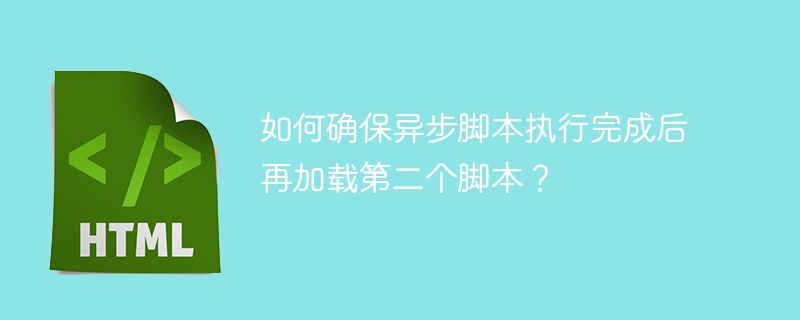如何确保异步脚本执行完成后再加载第二个脚本?

等待第一个异步脚本执行后再加载第二个脚本
在网页开发中,有时需要在第一个异步脚本执行完成后才加载第二个脚本,以确保脚本执行的正确顺序。以下是一些方法:
1. 动态添加第二个脚本
-
在第一个脚本的异步函数中,使用 setTimeout() 或 Promise 来延迟加载第二个脚本。
// 文件1 async function asyncPrint() { await timeout(1000); console.log('1111 - index1'); var script = document.createElement('script'); script.src = 'index2.js'; document.body.appendChild(script); } // 文件2 console.log('2222-index2');
2. 使用 import() 加载第二个脚本
-
在第一个脚本中,使用 import() 加载第二个脚本的资源,等待其完成加载。
// 文件1 async function asyncPrint() { await timeout(1000); console.log('1111 - index1'); await import('./index2.js'); } // 文件2 console.log('2222-index2');
通过这些方法,你可以控制脚本的加载顺序,确保第一个异步脚本执行完成后才加载第二个脚本。
以上就是如何确保异步脚本执行完成后再加载第二个脚本?的详细内容,更多请关注www.sxiaw.com其它相关文章!
